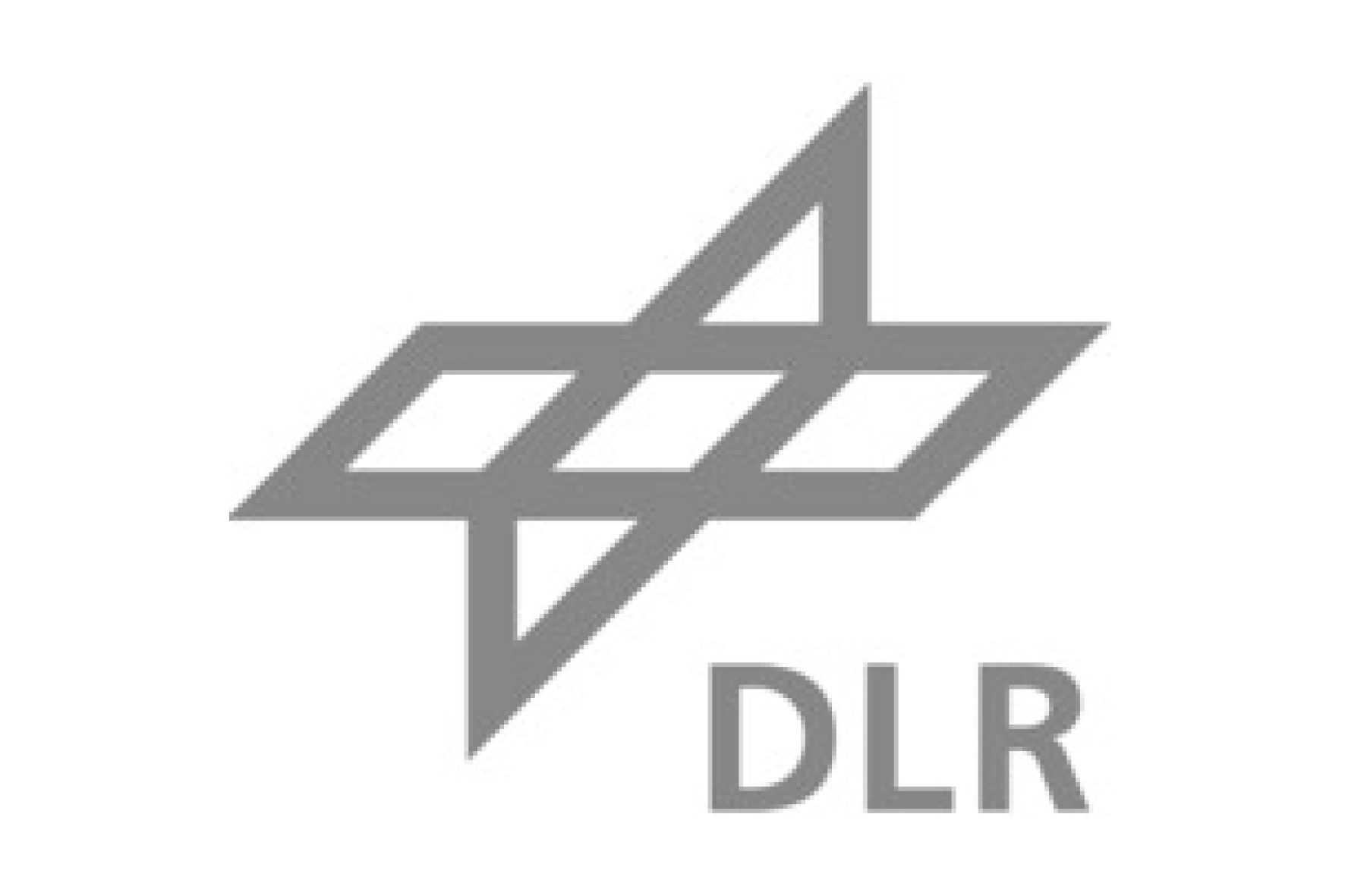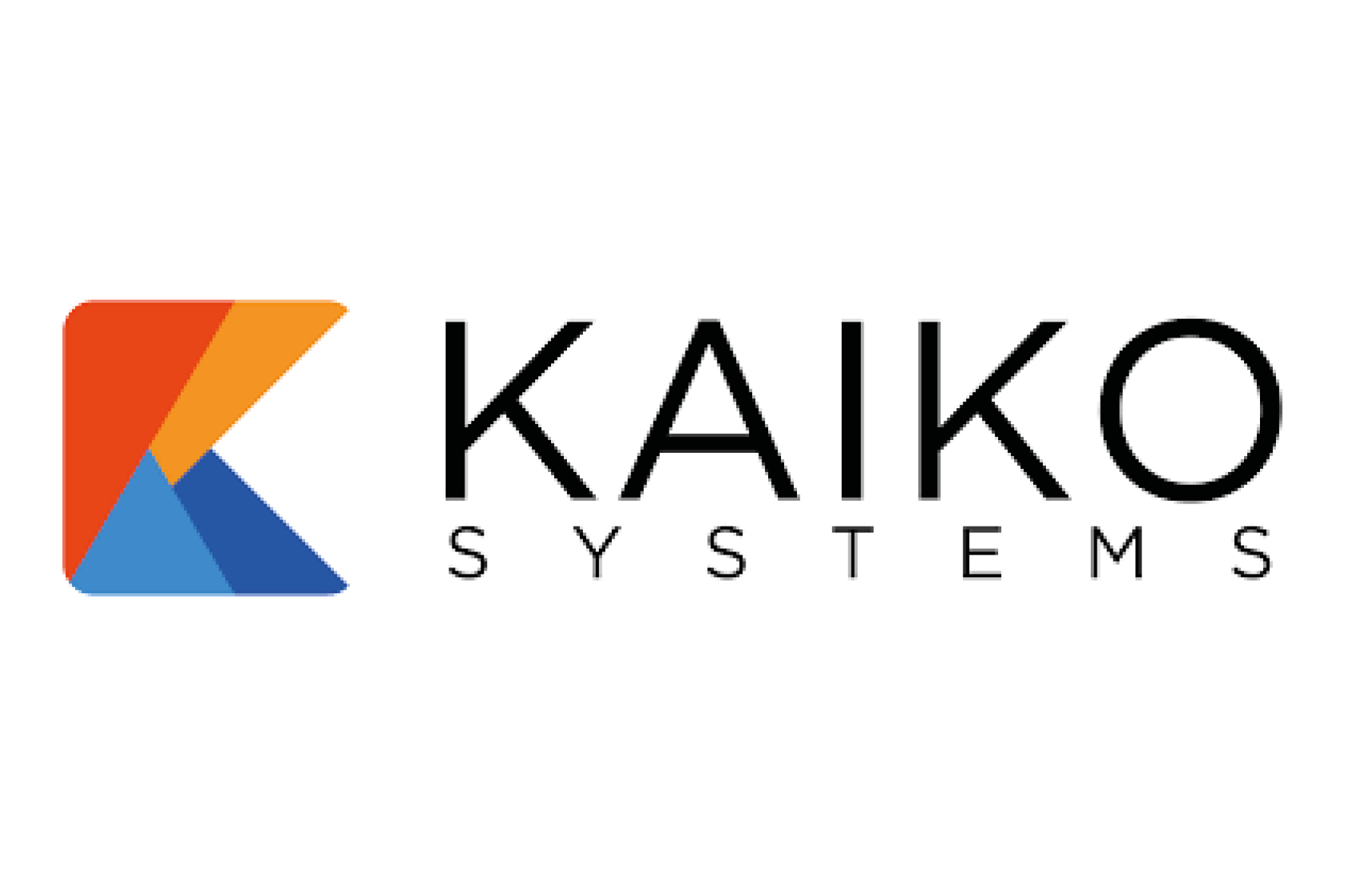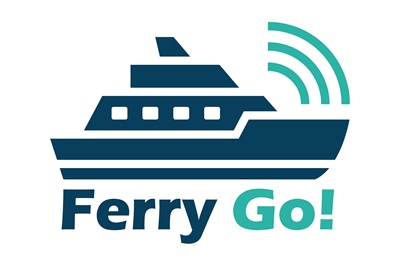
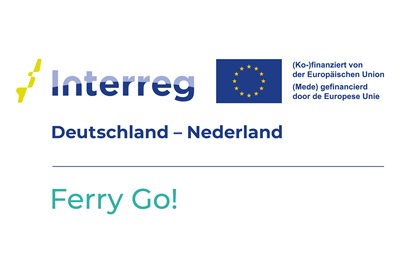
Background
Ferry traffic in the Dutch and German Wadden Sea has a long tradition, but faces major challenges. Due to the shortage of skilled workers, shipping is under pressure to recruit staff. In addition, there are increasingly high demands on efficient ship operations, low energy consumption, increased ship safety and better use of (port) infrastructure. Innovations are of crucial importance here. The use of intelligent systems for (partially) autonomous shipping can help to meet these challenges.
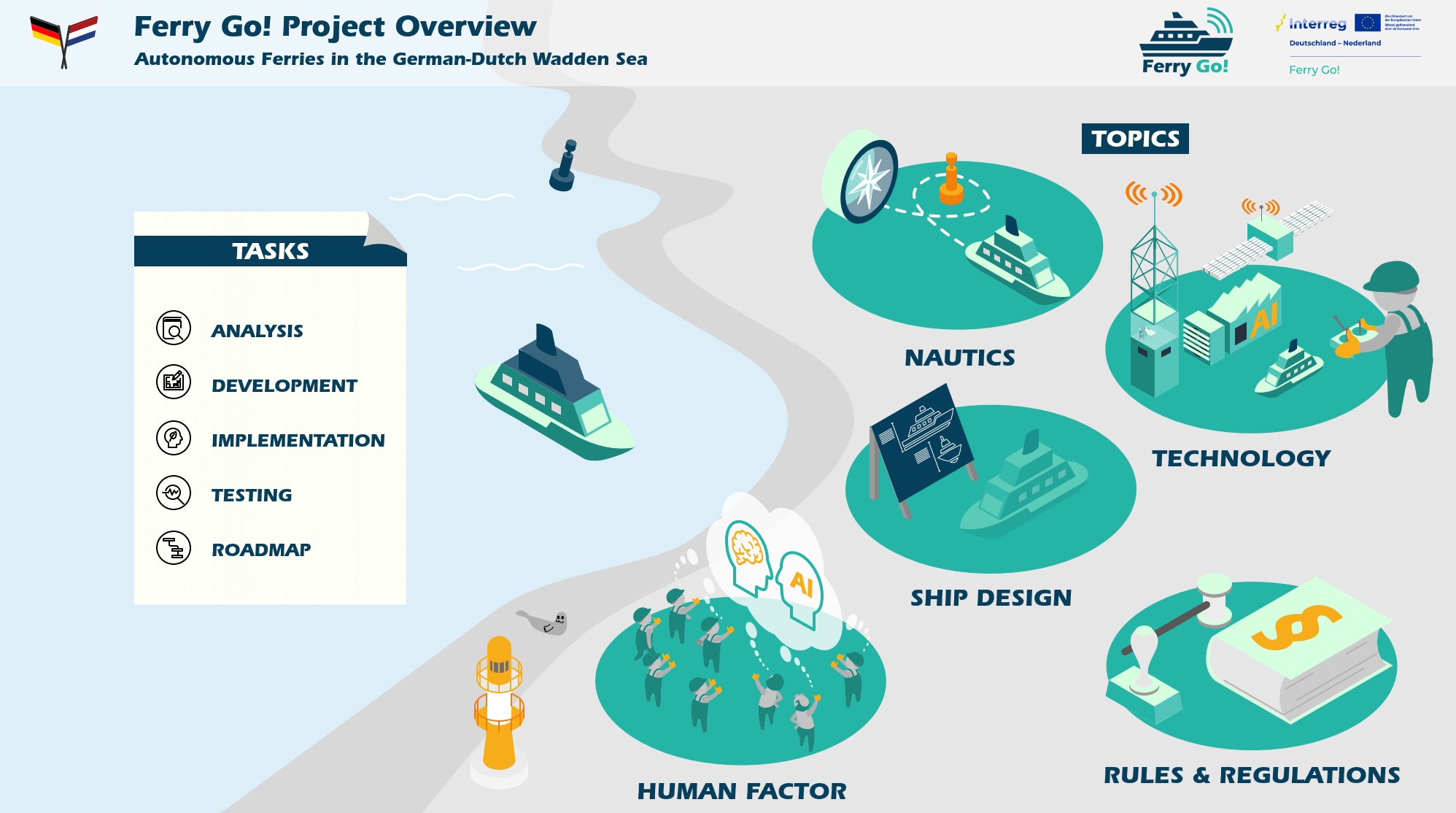
News

Rules and Regulation for the use of autonomous systems and AI in shipping

Status-Uptade - assoziierter Partner werden

Artificial Intelligence for Navigation and Route Planning in Shipping

Kick-off Ferry Go!
Goal
The aim of the project is to develop autonomous ferries in the German-Dutch Wadden Sea. The project aims to investigate and test perspectives and concrete requirements for the use of (partially) autonomous ferries on both sides of the border.
The expected outcome of Ferry Go! is to develop a system for autonomous ferries in the Wadden Sea that can simulate largely unmanned ship operations and where human interaction only occurs in emergencies. Real test results in the project should lead to insights into the requirements for autonomous ferry services. In addition to technological issues (including artificial intelligence), this mainly concerns nautical, shipbuilding, safety and legal aspects, as well as acceptance issues among ship personnel and passengers.
.
project funding
The Ferry Go! project is being implemented as part of the Interreg VI A Germany-Netherlands programme and is co-financed with 1.97 million euros by the European Union, the MB Niedersachsen and the Ministry of Economic Affairs and Climate and the provinces of Groningen and Friesland.







